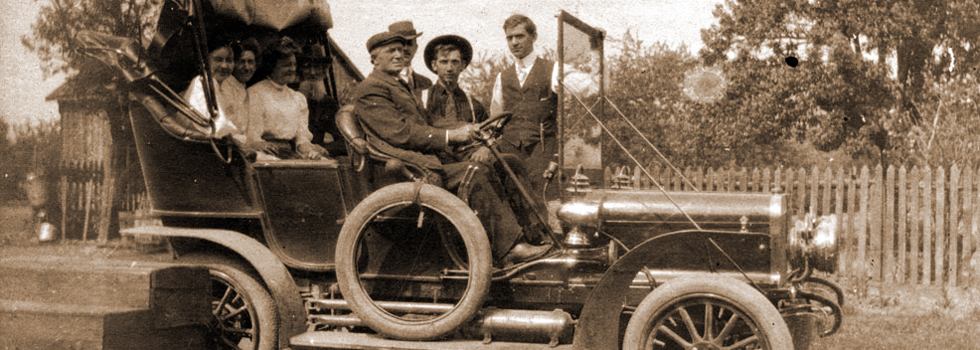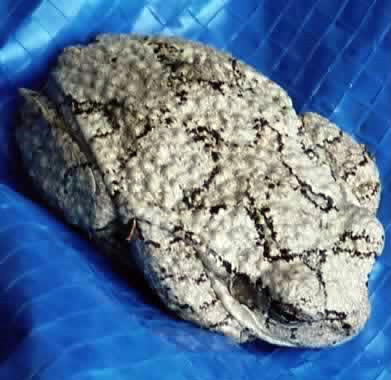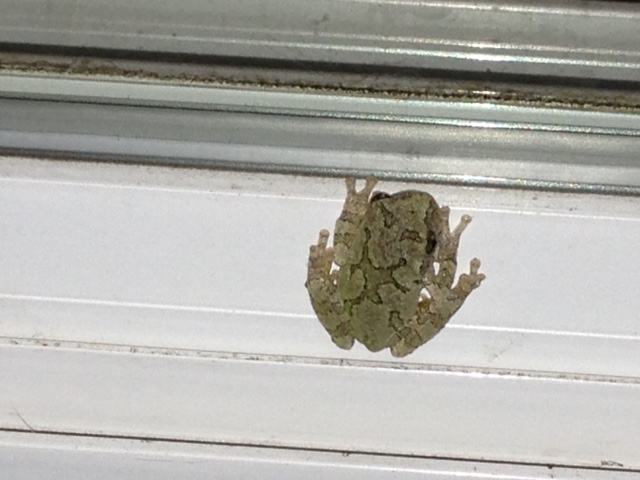We found this little guy wrapped up in a fold of the blue tarp that we use to cover the grill during the winter.
This is the first time I’ve ever seen a tree frog, so cute!
I had to find out more about them.
They have round sticky toe pads that help them travel many surfaces, from wet ground to window screens – a prime spot to catch insects at night. They grow up to 2 inches long and are found in the Eastern U.S., through Texas and southeastern Canada. Nocturnal, it rests on branches during the day and hunts for insects, such as moths, flies, and grasshoppers, in the evening. Its warty skin changes color, from gray-brown splotches to solid green or gray, as camouflage.
Life Cycle
From early to midspring through summer, gray tree frogs gather in ponds and marshes to mate. The male’s distinct call, like a bird’s trill, attracts the slightly larger female, who can lay up to 2,000 eggs on the water’s surface each season. In cold-winter areas, it burrows under leaves or other debris to hibernate. Its body, which produces glycerol, freezes adn its heartbeat and breathing stop until spring.




TrackBack URL
https://www.karenfurst.com/blog/tree-frog/trackback/